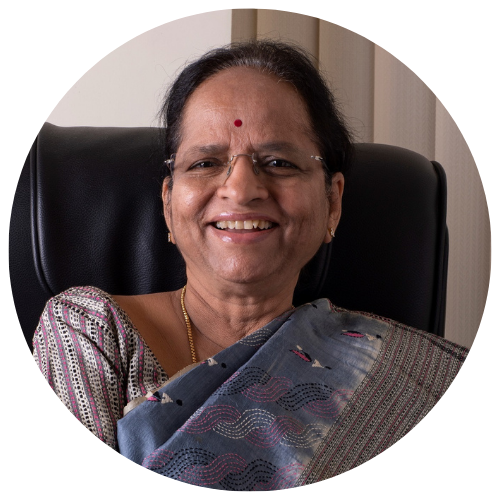

Suicide in Women and Girls
Suicidal behaviour in women and girls can be attributed to multiple factors that vary from men due to differing societal roles and social constructs, particularly in low and middle-income countries. Gender-related vulnerabilities such as gender-based violence, for example, are more prevalent in females.¹ In addition, some sub-groups of the female population are at greater risk than others eg, queer and indigenous women. Other considerations may appear to be more or less prevalent depending on the region, country or local context. (eg arranged marriage or homelessness).
Vijayakumar, L. Suicide in Women. Indian J Psychiatry (2015). https://www.ncbi.nlm.nih.gov/pmc/articles/PMC4539867/
BMC Women's Health invites submissions to a Collection on
the social context of girls’ and women’s suicidality in LMICs

Scope
IASP’s Suicide in Women and Girls Taskforce works to understand data trends, influencing factors and effective interventions around female suicidal behaviour to encourage the development of evidence-based, evaluated approaches and interventions to preventing suicide in women and younger girls. The taskforce consists of expertise from across the globe, from related research communities, lived experience and minority and vulnerable groups.
Key activities include;
- Scoping Activity: Quantifying the problem by analysing rates, risk factors, and existing interventions tailored to females.
- Systematic Review: A detailed evaluation of the literature to understand the breadth of research on female suicide.
- Comparative Study: Examining female suicide trends and solutions by contrasting high-income countries (e.g., Australia, the U.S., Europe) with low- and middle-income countries (e.g., India, Africa, China).
- Strategic Recommendations: Developing actionable strategies, disseminating findings, evaluating outcomes, and refining approaches to maximize impact.
Research
In partnership with Orygen and leveraging the expertise of our global membership, IASP conducts in-depth studies on the barriers to mental health access and societal support for women. This research focuses on:
- Identifying and testing effective prevention strategies.
- Reviewing existing interventions and conducting needs assessments to pinpoint gaps and opportunities.
- Analysing data from current research and interventions to inform future efforts.
- Providing guidance on research gaps and priorities to expand the evidence base on female suicide prevention.
- Exploring and validating existing evidence-based solutions to ensure they address female-specific challenges effectively.


Implementation
IASP translates research into action through targeted policy, advocacy, and program responses:
- Policy and Advocacy: Addressing global, regional, and national dynamics, risk factors, and vulnerabilities to inform strategic action and policy development.
- Communications: Launching awareness campaigns tailored by topic, age, and culture, supported by webinars, podcasts, and workshops that foster global knowledge exchange.
- Program Response: Reviewing and piloting key interventions in comparative sites to assess effectiveness and scalability while rallying a global network of experts to tackle the increasing rates of female suicide.
Taskforce

CO-CHAIR
Dr Lakshmi Vijayakumar
Founder of SNEHA, India

CO-CHAIR
Professor Jo Robinson
Head of Suicide Research, Orygen, Australia


